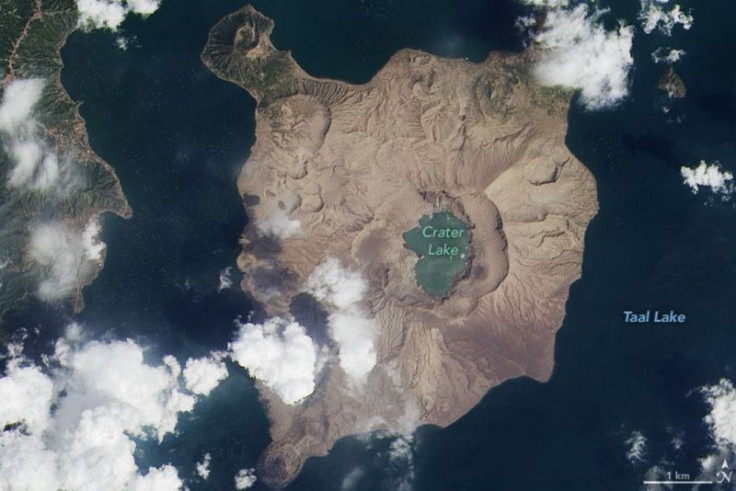Researchers Use Drones To Study Explosive Volcano

KEY POINTS
- Researchers studied an active volcano using drones
- Drones were able to collect data on an active volcano
- Data collected by the drones could be used to predict eruptions
A team of researchers was able to successfully carry out a study on an active volcano using drones. According to the researchers, the findings of their study prove that drones can be used to study up-close the activities and behaviors of explosive volcanoes.
For their study, the researchers focused on the active Santa Maria volcano in Guatemala. Their findings were presented in a new paper published in the journal Scientific Reports.
For volcanologists, studying active volcanoes has always been challenging due to the risks involved in getting close enough to observe it. Also, since they have to keep a safe distance, they are unable to capture accurate data related to a volcano’s eruption.
Recently, researchers from the German Research Center for Geosciences in Potsdam traveled to Guatemala to study a large active volcano. They carried out their study using drones equipped with thermal imaging and optical cameras.
Through flights over the volcano, the researchers were able to use the drones to get a better look at the lava dome of the Santa Maria volcano. Their observations revealed several factors regarding the movement of lava and activities of the volcano.
“We then flew the drone over the crater at various intervals, measuring the movements of lava flow and a lava dome using a specific type of stereo photography with a precision never seen before, Edgar Zorn, the lead author of the study explained in a statement.
“By comparing the data from the drone, we were able to determine the flow velocity, movement patterns, and surface temperature of the volcano,” he continued.
According to the researchers, the data collected by the drones through their flybys is necessary when it comes to predicting the behavior of volcanoes. The factors that the researchers were able to identify are often used to predict an impending eruption.
The researchers noted that the study he conducted with his colleagues show how drones can be used to study volcanoes from a safe distance. This method can be applied in studying other active volcanoes in different parts of the world.
“We have shown that the use of drones can help to completely re-measure even the most dangerous and active volcanoes on Earth from a safe distance,” Zorn stated.
“A regular and systematic survey of dangerous volcanoes with drones seems to be almost within one’s grasp,” the study’s co-author Thomas Walter added.
© Copyright IBTimes 2025. All rights reserved.





















